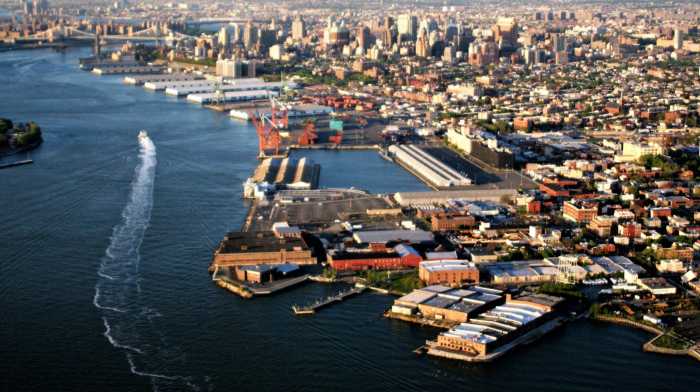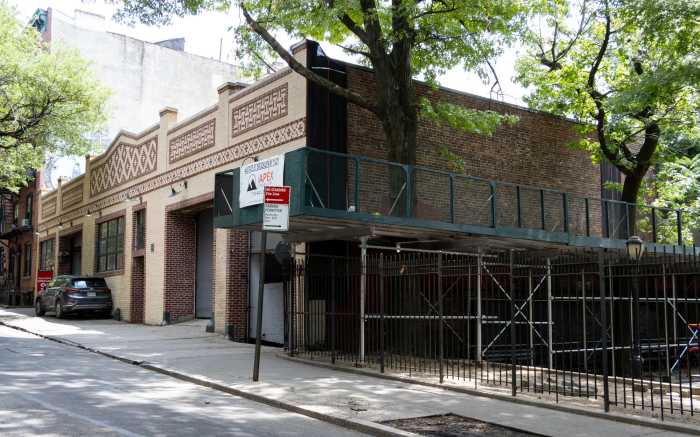Mayor Bloomberg has called in a relief pitcher to help save the Downtown Brooklyn Plan.
Officially, the new development “czar” will oversee the marketing of the region’s third-largest business district and manage infrastructure improvements as the city tries to make use of the high-rise-friendly, eminent-domain-empowered upzoning that became law in 2004.
But insiders said the new king of Brooklyn is being hired to ensure that the plan — which is entirely separate from Forest City Ratner’s proposed Atlantic Yards mega-development in nearby Prospect Heights — doesn’t fall apart.
“The challenge now is to drive home a coordinated marketing initiative and attract more [corporate tenants],” said Kenneth Adams, president of the Brooklyn Chamber of Commerce.
“There are tons of international and Fortune 500 companies that don’t know Downtown Brooklyn has changed since the time when all we had was some office buildings on Court Street.”
Attracting big companies to Brooklyn has been tougher than anticipated. The Downtown Plan, which broadcast the government’s intent to seize private property to facilitate preferred developments, won easy approval after its advocates boasted of near-term development opportunities.
The last large corporate leases were signed in 2004 — both outside of the Downtown Brooklyn Plan area — when Bank of New York relocated some back offices to a blue-glass tower above the Atlantic Terminal transit hub, and Empire Blue Cross-Blue Shield moved some back offices into Metrotech.
While Downtown office space is now filled nearly to capacity, the towers envisioned under the Downtown Brooklyn Plan would have to compete with the rebuilt World Trade Center buildings, as well as new and existing office centers in Midtown and Jersey City and, potentially, Frank Gehry-designed office towers in Ratner’s Atlantic Yards site.
Plan advocates say they aren’t worried, but also understand why the mayor is acting now.
“People see the speed of the residential development Downtown and worry about the progress [of corporate development],” said Michael Burke, executive director of the Downtown Brooklyn Council, an advocate of the Downtown plan.
Some Downtown lots originally envisioned as offices have already been reconfigured into mixed-use buildings with only a third or so set aside for corporate space, drawing concerns about the jobs that were promised when the City Council gave unanimous support for the plan in 2004.
“Unemployment in low-income communities that surround Downtown was 78 percent before Metrotech. It’s 78 percent now and it will be the same when the whole project is done,” City Councilman Charles Barron (D-Canarsie) said, stretching the numbers to make his point. In 2004, Barron voiced skepticism about the plan and abstained when the council voted.
Barron made similar remarks two weeks ago at a forum held by Families United for Racial and Economic Justice, whose members later marched along Fulton Mall in protest of the development craze that is pushing up housing prices.
Sources identified the new czar as Joe Chan, a chief adviser to Deputy Mayor Dan Doctoroff. Chan was formerly director of real estate for the Brooklyn Chamber of Commerce.
“[Chan] could be productive, if the community is involved,” said Brian Ketcham, author of Brooklyn’s only comprehensive traffic study and executive director of Community Consulting.
“I’d like to meet this fellow. As soon as someone invites me to the table.”























